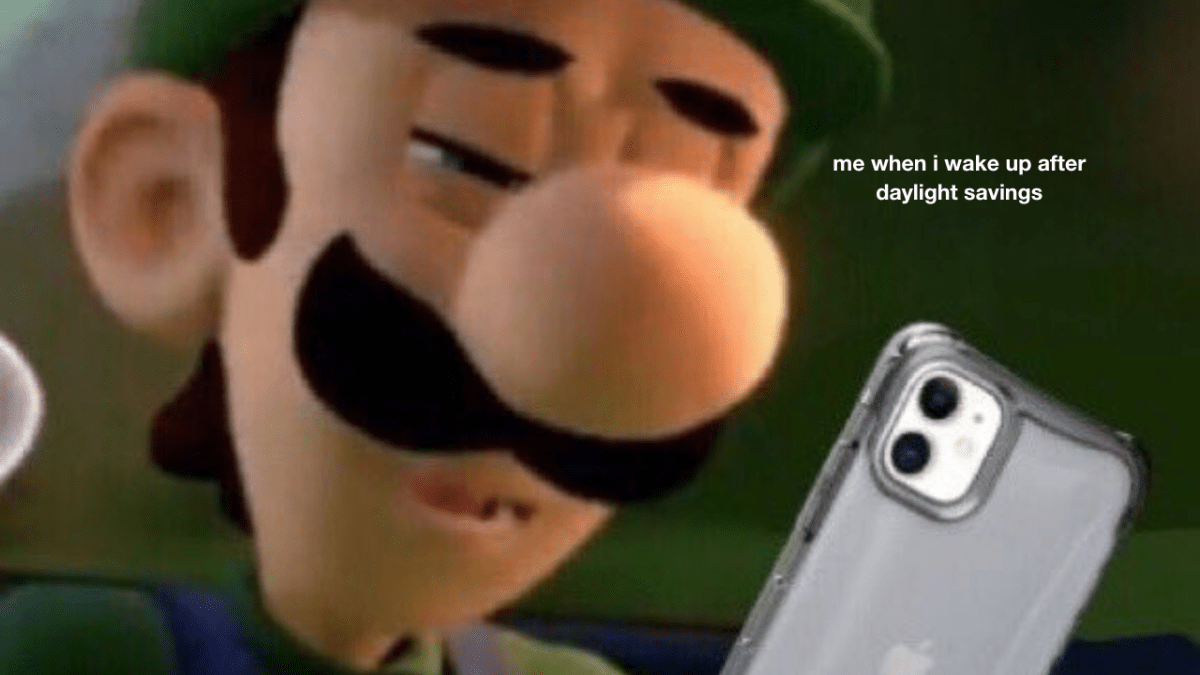
That dreaded time of year is almost upon us: daylight savings is coming to an end. This means you’re going to be blessed with an extra hour of sleep, and also seasonal depression. Okay, maybe that last one isn’t entirely daylight savings’ fault.
Australians in most states are going to turn their clocks back an hour for the end of daylight savings in April. If that eternally confuses you because your smart phone updates automatically and you don’t know how to read clocks, it means you’re going to gain an extra hour of your day.
Still lost? don’t worry, you’re not alone. You can read more about daylight savings below.
When does daylight savings end 2024?
Daylight savings started in October last year, when we turned our clocks forward for one hour at 2am. This meant we lost an hour of sleep, but we gained an extra hour of sunlight.
However, daylight savings for 2024 is about to come to an end. On Sunday, April 7, at 3am, we will be setting our clocks backwards one hour. This means we will be gaining an extra hour of sleep, but it also means the sunset will be setting an hour earlier than we’re used to. Hello darkness my old friend, etc.

We’ll then be left to fend the shadows away until October 6 2024, which is when we’ll have daylight savings and blessed sunshine yet again.
Which states and territories have daylight savings?
Victoria, NSW, ACT, Tasmania and South Australia all follow daylight savings, and so residents of these states will need to adjust their analogue clocks. Or just enjoy the extra sleep.
Northern Territory, Queensland and Western Australia do not follow daylight savings. No extra sleep for them.
Because not all states have daylight savings, Australia has three time zones during the cooler months (so, from April to October) and five during the warmer months (from October to March). Which is obviously a LOT.
The time difference between Queensland and NSW will change by one hour in April, and South Australia will go from being 30 minutes behind Queensland to 30 minutes ahead.
WA will change from being two hours behind NSW and Victoria to three hours behind. Yes, my head is spinning too.

Why do we have daylight savings?
Daylight saving was initially introduced in Australia during World War I to conserve power, and was reintroduced during WWII for the same reason.
However, it’s relevance today is the subject of a lot of debate, especially in Queensland which has flip flopped with having it for some years now.
Some experts say daylight savings is good because we get an extra hour of daylight, which is better for our mental health. Others say the change in circadian rhythm is catastrophic and actually results in more dangerous accidents.
All I have to say is that I much prefer it when I clock off work at 5.30pm and it doesn’t look like it’s the middle of the night, thanks.



